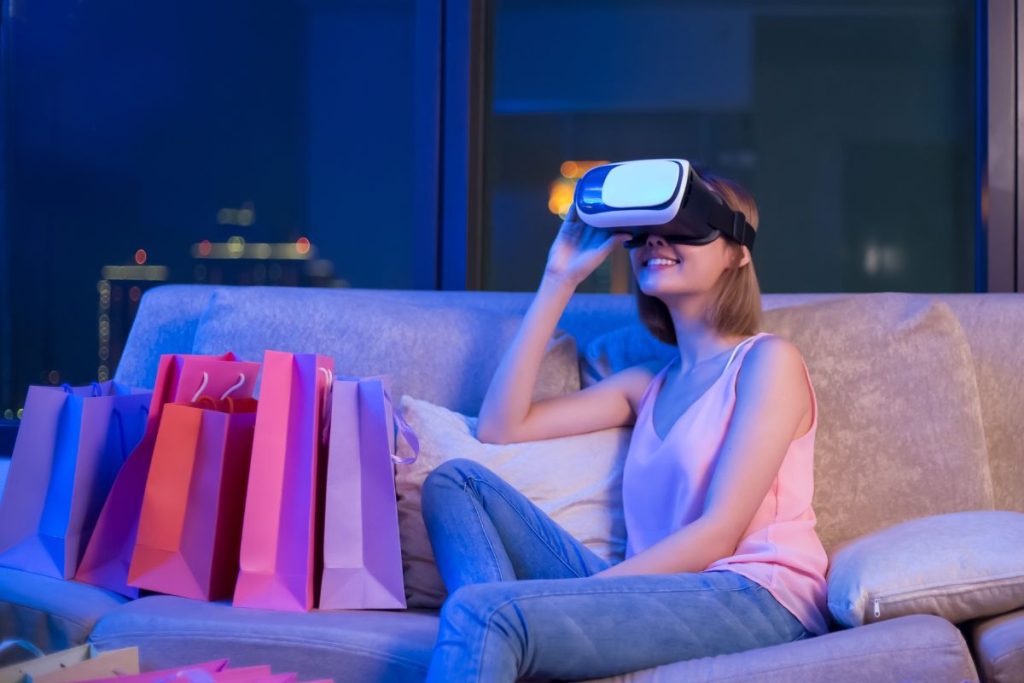Do you remember the last time you felt utterly disoriented when shopping online? Rest assured, you have plenty of company!
Personalized, real-time automated tools that mimic the attentiveness of in-store workers are one-way solutions that simplify customer purchasing experiences.
Whether you’re looking for a product finder, an AI-powered chatbot, or an algorithm that automatically adjusts prices, these tools are here to help you out. Let’s look at a few of the best automated solutions shoppers use and how they function.
What Is Automation in Online Purchases?
Automation in online purchases refers to using technology to do repetitive processes previously performed by humans, increasing efficiency and reducing errors. The processes include:
- Order tracking, processing, and fulfillment
- Inventory management
- Chatbot-based customer service and assistance
- Use of tailored marketing messages
Top Automated Solutions for Online Purchases
E-commerce’s growing use of automated technology has made online shopping easier and more fun, setting a new standard for customer contact.

Once you feel their ease of mind, you’ll never want to go back. Consider these top solutions.
#1) Engines for Personalized Product Recommendation
Have you ever been astounded by Amazon suggestions for products you didn’t even know you wanted but are suddenly very necessary?
One of the most valuable tools for modern marketing teams, product recommendation engines, is responsible for this.
Innovative solutions like these use complicated algorithms to study your habits and interests to recommend items that fit you perfectly.
A prime example of this technology in action is Amazon. To provide a personalized shopping experience and suggest more products based on your past purchases, browsing history, and even the things in your shopping cart, their recommendation system investigates in great detail.
Customers are more likely to stick around and buy from you again if you make their buying experience easier.
Alternatively, you can also employ proxies to streamline your search results. For example, you can use sneaker proxies to maintain anonymity while shopping on sneaker websites.
#2) Conversational AI and Digital Helpers
AI-powered technologies can improve websites, apps, and even social media platforms that allow for real-time customer engagement.
These bots can comprehend user inquiries, respond instantly, and walk consumers through the many steps of the buying process by utilizing machine learning and natural language processing algorithms. Drift, Intercom, and ManyChat are some companies that offer these services.
Outside of regular business hours, these tools provide answers to consumer inquiries. For instance, at any time, day or night, Drift’s chatbot may help with basic support chores, qualify leads, and schedule meetings.
Intercom provides statistics to understand user activity better and focuses on customer interaction.
To free up human resources for more complicated customer support issues, ManyChat — used by Facebook Messenger — has proven a tremendous time-saver by automating repetitive operations.
#3) Online Store Comparison Tools
You can check products’ costs, features, and ratings on comparative shopping engines, which compile product listings from different stores.
To help shoppers compare products easily, these engines scour many online marketplaces for relevant information and display it in an organized format.
Google Shopping is one example; it lists many products and lets shoppers select them by price and brand, among other criteria.
These engines simplify shopping by letting customers compare features, find incredible bargains, and read reviews. They help buyers get the knowledge they need to make smart purchases and save money.
Avoiding having to visit many stores and websites to find information saves time. High simplicity of use and the guarantee of an informed purchase usually lead to happier consumers.

#4) Virtual Reality (VR) Try-On Instruments
With the help of AR try-on tools, the future of online shopping is already here. Customers can now digitally “try on” various things using smartphones or PCs, from clothing and eyewear to home furnishings.
These tools create an immersive virtual fitting room experience by fusing digital and physical things.
Sephora’s Virtual Artist lets customers virtually try on different cosmetic colors and kinds without requesting samples.
Customers may use their smartphones to virtually try on Warby Parker frames to get a good idea of how they’ll look.
Virtual product try-ons can simplify the sales cycle and reduce internet purchasing anxiety by making it easier to tell how something will fit.
#5) Image-Based Search Engine Resources
The term “Visual Search Technology” describes a set of AI-driven applications that let people look for things by picture rather than by word.
Initiating a search is as easy as snapping a photo or uploading an existing one; the technology will then examine the image’s visual components to locate things that are comparable or identical in a database of products.
This technology is used by platforms and businesses such as Google Lens and Pinterest Lens.
One of Visual Search Technology’s main benefits is product discovery convenience. Textual searches that need product names or language may deter buyers.
Visual Search Technology streamlines and improves shopper experiences, enhancing marketing initiatives. It makes buying more straightforward and enjoyable by minimizing text-based searches’ mental strain and friction.
Conclusion
We have outlined what shoppers can use as far as automated technologies to have better, more fulfilling purchasing experiences.
Product finders and digital helpers stand out among the rest of the tools because of their individualized assistance in helping you select the best product for your needs.
So, give them a try, and watch your shopping sprees get wilder thanks to the convenience of technology.

